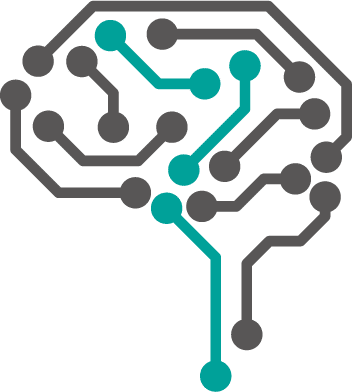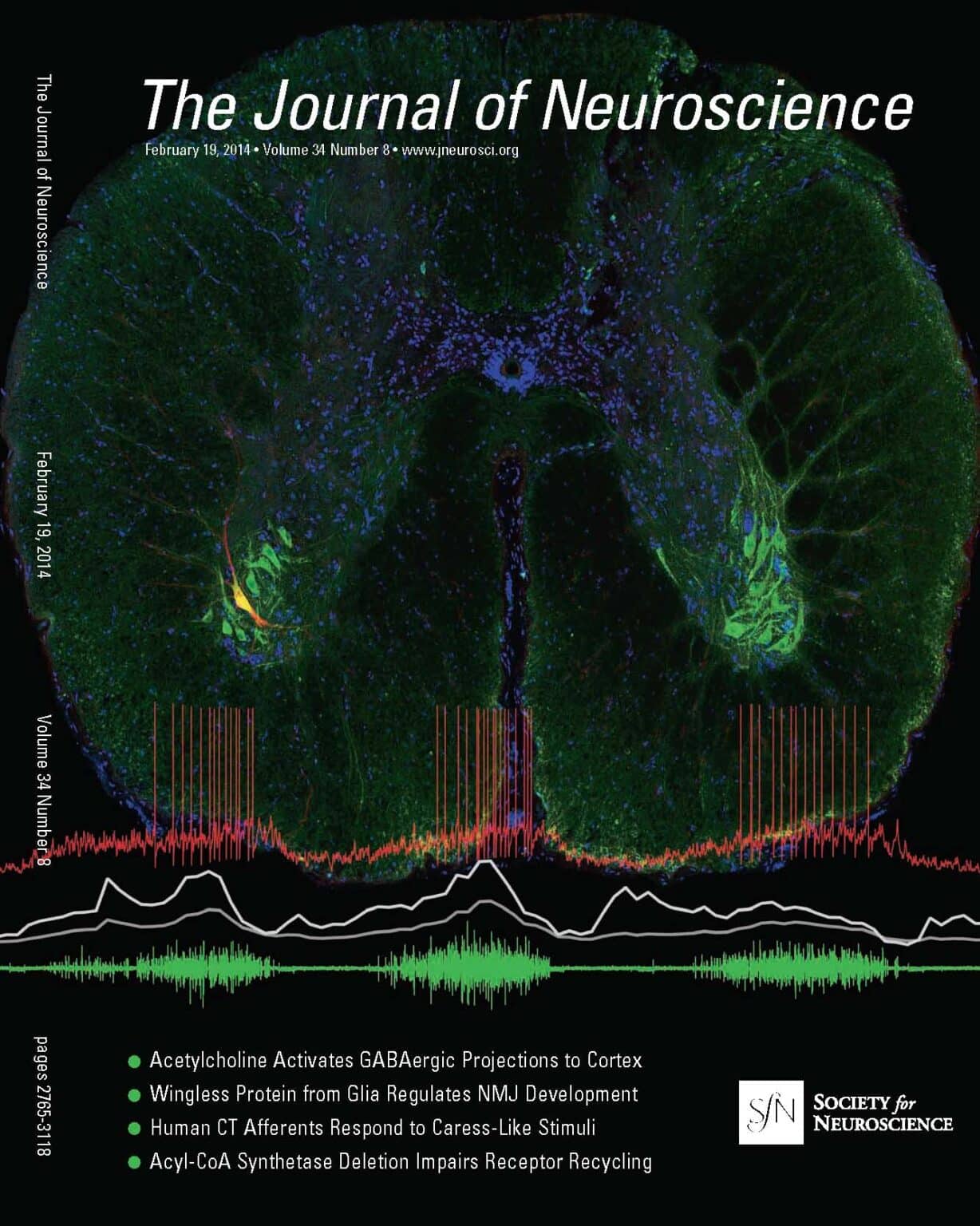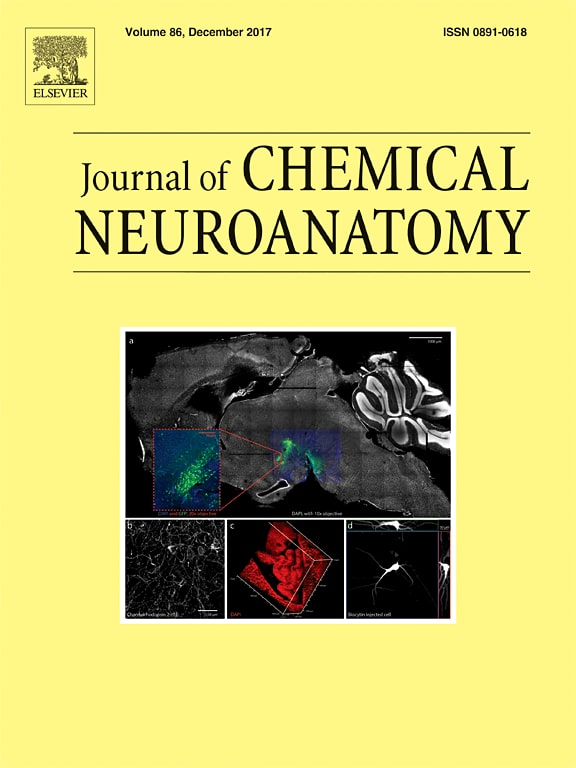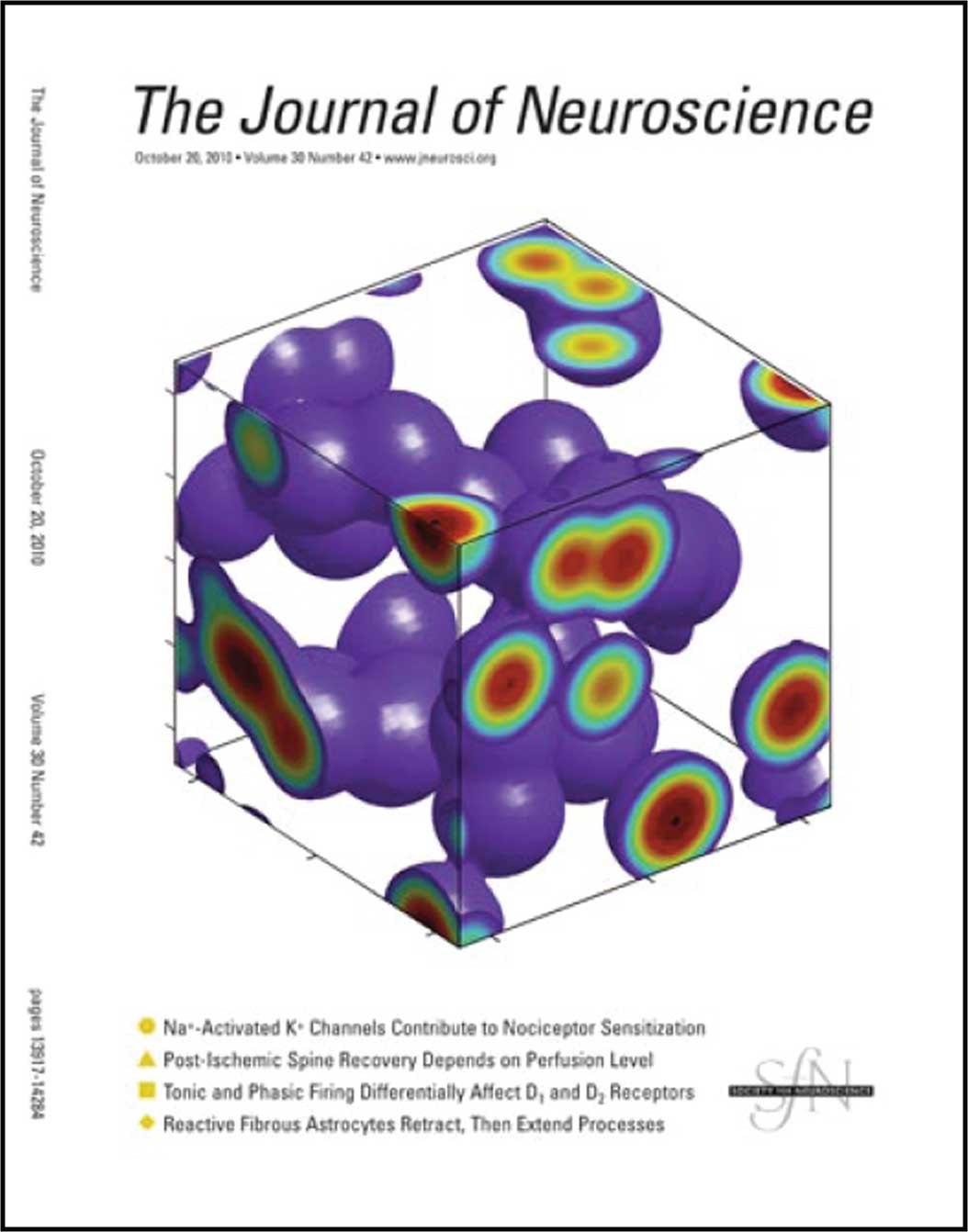About us
How does the electrical activity among populations of neurons self-organize to produce behaviors? To address this question, we use motor pattern generation in the spinal cord as our model system.
We focus on combining quantitative approaches of mathematics and physics with experiments using electrophysiology, genetics, and other biological tools to understand the nervous system better especially the motor system. The lab has a unique multi-disciplinary approach in order to contribute to understanding motor control in the brain and spinal motor circuits. In particular, we investigate populations of neurons, and how these self-organize as a coherent entity.
The key areas of research are:
- Neuronal Population activity in the spinal cord and brain using large array electrophysiology.
- Development of novel probe technology
- Classification of network architecture in the spinal cord motor circuits.
- Histological clearing techniques for large sample imaging
- Chronic implantation of electrodes and optical fibers in the central nervous system.
Follow us on Twitter
Happy Fluorescent weekend!
Here shown spontaneous activity in cultured hippocampal neurons from mouse provided by Guanghui Li (@GUANGHU10821614)
Deadline approaching for the Cajal training course in Bordeaux, France, on the motor system. Check it out!
https://cajal-training.org/on-site/movement-and-motor-control-in-health-and-disease/




